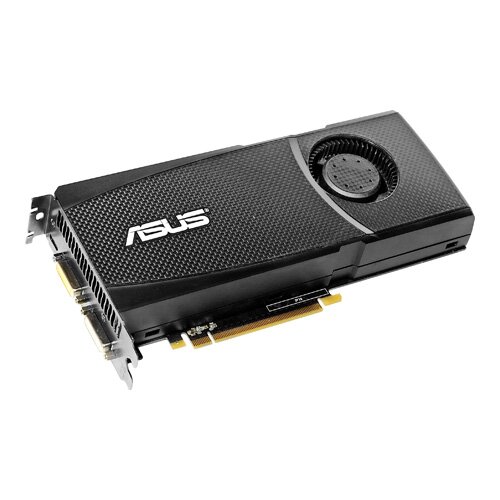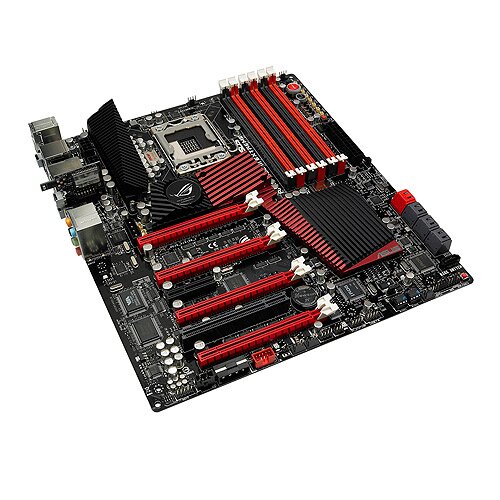Despite economies of scale, PC components remain relatively costly purchases, even if they are more affordable than before. For this reason, it’s important to keep what are known as endurance measures in mind if you’re looking to get a new motherboard or graphics card for a desktop.
Endurance measures do several things. First, they extend the life of the product by going beyond basic designs to include stronger materials and more reliable fabrication methods that can stand up to prolonged and strenuous use. Then, endurance builders make sure you can do more with the product while it lasts you longer. Certainly a generic model can sustain itself initially, but it likely won’t last very long nor be able to accomplish as much for the duration. Invest a tad more in a component, and you’ll quickly discover your time with it not only extends, but becomes more fruitful and pleasant.
To begin, look at the very printed circuit board, or PCB, the motherboard or graphics card is based on. Cheaper means less sustainable, and generic PCBs start cracking with age or due to exposure to heat. They may also be less resilient in the face of more direct physical pressure. For instance, when hooking up memory modules or a new graphics card to a cheap motherboard, it’s not unheard of to have the PCB bend and, well, never come back.
A few graphics cards and motherboard makes have taken to including PCB reinforcement techniques which act to add guards against cracking and fracturing of any kind – due to usage, shocks and more. Look for products such as the ENGTX465, which has one board reinforcement method known as GPU Guard. Under some tests, the inclusion of GPU Guard has shown the treated PCB to be twice as durable as non-reinforced models, which naturally adds to the lifespan of a component. If you’re spending significant amounts of cash on these items, might as well make them last.
In terms of power management, ask for all solid state capacitors on your motherboards and graphics cards. The normal variety uses mixed conduction, but solid state capacitors last longer because their insides can stand up to greater heat and pressure. Similarly, check for fuse and surge protection. The graphics card we mentioned before ships with stronger fuse guards, so it isn’t as susceptible to power surges and the like. Again, this can only prolong its life as a viable component.
On the flip side of all this electrical goodness is EMI, or electro-magnetic interference. Try to procure components with two-way EMI shielding, meaning they don’t give off a strong EMI field, plus they have protection against the EMI generated by nearby PC components and other devices.
PC component manufacturers often advertise these as added value features, but they are most commonly found in mainstream and above offerings – the budget vanilla varieties have to cut corners to deliver those attractive prices, so out go the all-solid capacitors, quality PCB and surge protection. There’s always a trade off, so make sure you know what you intend to do with these components. Anyone interested in heavy duty work, prolonged sessions and serious overclocking should consider investing in more durable parts up front to avoid disappointment later.













